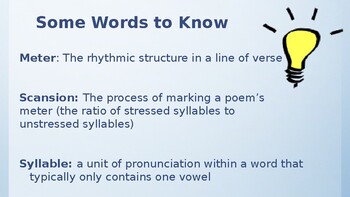

Next, we discuss the goals and limitations of scansion as typically practiced in the literature classroom in more detail (SCANSION IN THE CLASSROOM). Vocal deformance is a playful strategy of defamiliarization that involves manipulating vocal qualities of a recording, such as pitch values, vocal tract size, and speaking rate, to draw attention to the subjective nature of speech perception and thus of vocal performance styles, and to imagine alternative histories of and futures for poetic performance. First, we encourage readers to listen to the 12-minute podcast, AFTER SCANSION, which explores the goals and limits of scansion in the classroom and introduces vocal deformance. These are some questions we want to explore.

How and why did this happen? What if scansion had never become dominant? What alternative methods for understanding poetic prosody have been passed over? How might reliance on scansion of the text on the page-at the expense of other approaches to listening to and analyzing the prosody of recorded poems-have helped oversimplify the history of poetry performance, and of the evolution of poetic forms?

Scansion, for generations of American students, has been the dominant method of studying prosody in poetry.


 0 kommentar(er)
0 kommentar(er)
